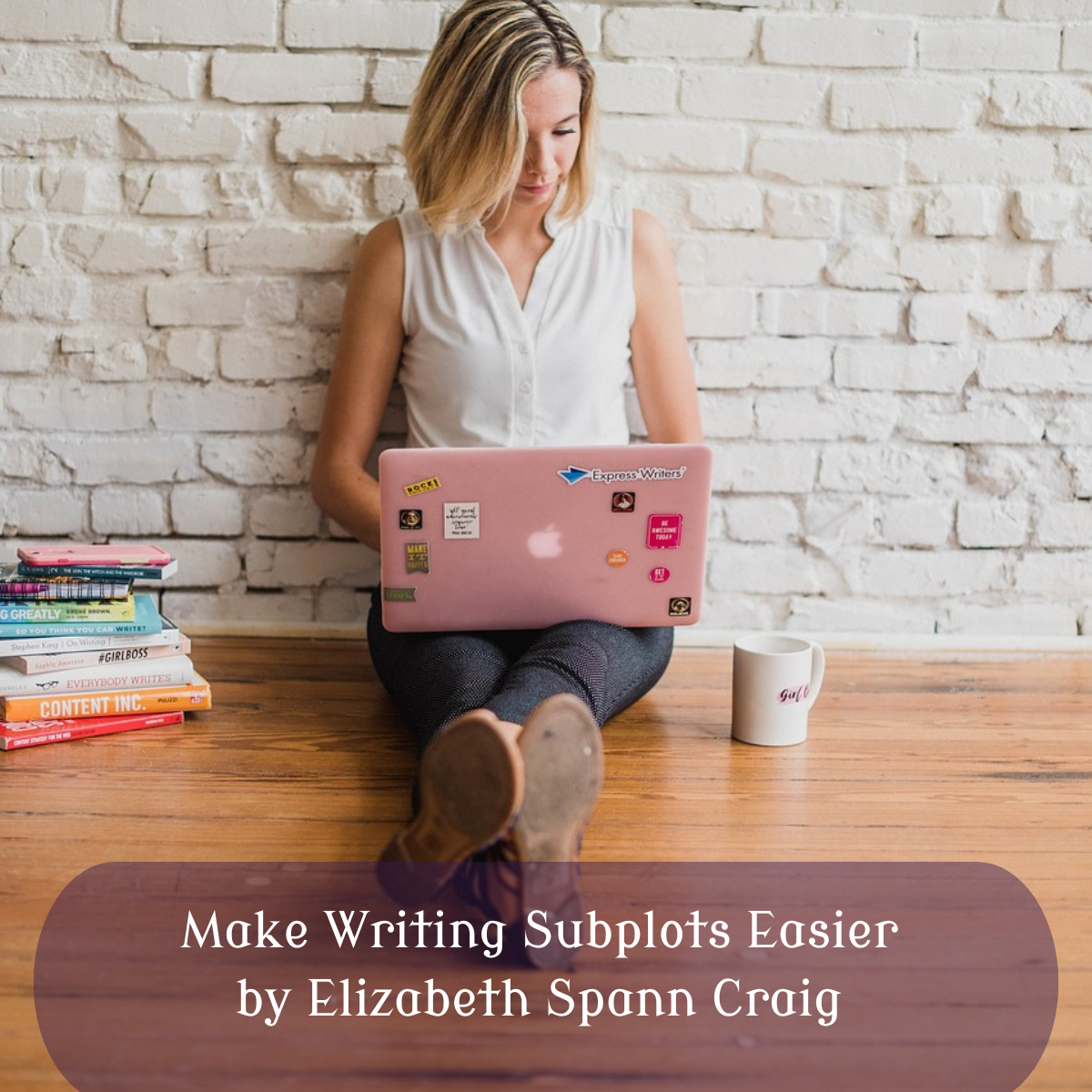by Elizabeth S. Craig
As a reader, I’ve always enjoyed a good subplot. Sometimes, it’s what’s kept me reading a book. I’ll want to see what happens in the B-story, even after I’ve lost interest in the A-story.
As a writer, I’ve tried different ways of writing subplots. One of the most important things, I think, is to have some sort of resolution to them. This is especially important if you’re writing a series where the main plot doesn’t wrap up at the end of the book. Something needs to resolve. But it can be tricky to keep track of subplots in the weeds of the A-story.
This tip works extremely well with an outline, but it should work just as well with any pantsers out there. First, write the subplot out, almost like a short story with different scenes. You don’t have to fully flesh these out . . . just give yourself enough so you know where you’re going with it. Then, insert the scenes as transitions in your story, after scenes of your A-story end. This is especially handy when you’re wanting to change the tone after a scene in the main plot.
With an outline, break the subplot story into bits and put them into transition spaces in your story.
I’ve found this approach helps me be more thoughtful about subplots, develop them more, and not lose track of where I am in getting them wrapped up.
How do you manage subplots? What kinds of subplots do you enjoy best?
Making Writing Subplots Easier: Share on X
Image by expresswriters from Pixabay

I'm a crappy writer then, because if my books have subplots at all, it's by accident…
But we write in different genres! It’s all good. :)
These are some really good ideas, Elizabeth! Thanks for sharing. Subplots really are stories in themselves, and they can add a lot to a story. I like your suggestion of basically treating the subplot like a plot and planning it out. I also like it best when the subplot has some connection to the main plot. That lets the story run more smoothly in my opinion.
It’s great when that connection between A plot and B plot happens!
I agree that it's important to weave in the subplots. In my current manuscript, I had to mark places to add the subplot to certain chapters so it doesn't disappear for too long throughout the story.
That’s a nice way of keeping track of it!
Adding them in pieces to the main story – I like that idea.
I’ve really liked the approach!